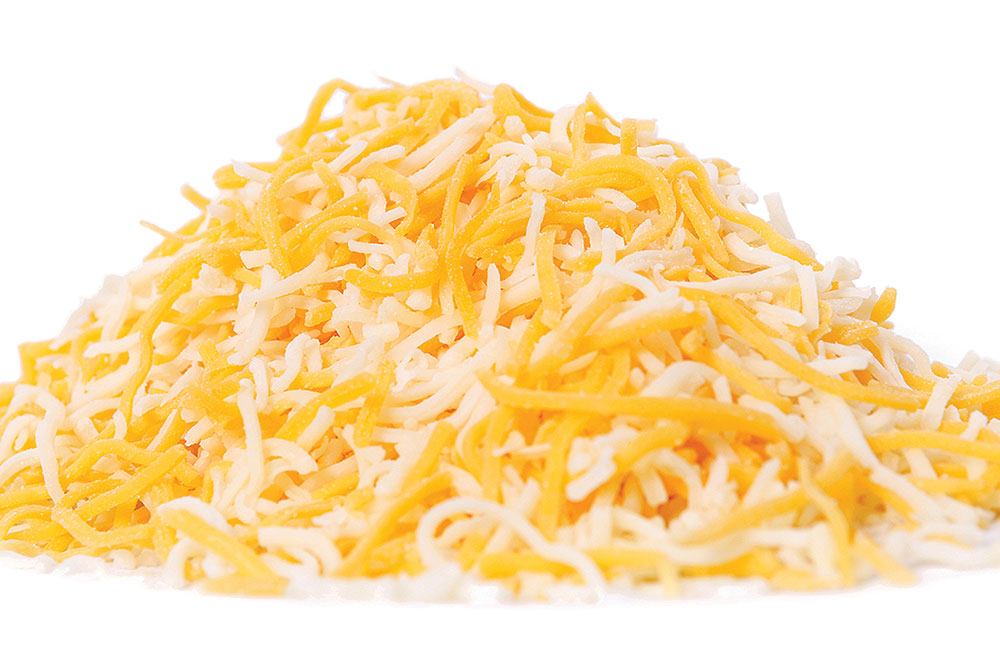QUESTION:
My food costs are out of control. What can I do to rein them in?
ANSWER:
Controlling your food costs starts with better record-keeping and knowing exactly how much you're paying for – and exactly how much you're earning from – each and every item on your menu.
To get started, compile a list of all existing recipes—including exact portions for all ingredients—as well as any new recipes you’d like to add to the menu. Then create a separate list of all ingredients required for those recipes. Finally, assemble the most recent invoices from all of the vendors that supply you with those ingredients, so you’ll know exactly what you’re currently paying for each ingredient. Put all of this information together in an online database so that the owner, manager, supplier and other parties can access it 24 hours a day.
Once you’ve got this vital data at your fingertips, you can determine your actual pie costs and set your ideal pie costs. What is that meat lovers pie costing you now, and what do you want to pay for it? How much profit do you need to make from it? This should be done for each item on your menu (not just your pizzas, of course). By knowing what you pay for each ingredient in every item and setting a target profit margin for each item, you can then work with your suppliers to reach those goals.
The next step: Schedule a meeting with supplier reps and ask them to develop purchasing solutions that will fit your plan. (If possible, try to limit your total supplier base to no more than four.) The suppliers may have to suggest alternatives for some of the products you currently use, and product testing may be required. Remember, the end goal is to get the best price on each ingredient and increase your gross profit per pie while maintaining the customer experience and delivering a top-quality product.
During this process, you should also require suppliers to send you the most current invoice data for all purchased ingredients on a daily basis. The data should be provided electronically so it can be automatically entered into your database and updated with every fluctuation in price. (You want to receive the data in electronic form so you won’t have to manually enter all of this information into the system.)
If this process sounds time-consuming, remember that all of the successful chains already have these systems in place. Their executives have learned that such systems, when implemented effectively, generate a consistent product and a solid profit. Can you build a physically fit body without diet and exercise? Can you become a doctor, attorney or CPA without studying? Of course not. So how can you ever expect to generate a better profit if you won’t take the time to develop a cost-tracking system for your restaurant?
You can make the time to get this done! Warmer weather has arrived, and you are hopefully starting to see a boost in business. Every time you sell a pizza, you should be able to tell yourself, “Well, there goes another meat lovers pie, from which I realize a gross profit of $8.29 with a selling price of $10.50!” If you can’t make such precise calculations, you need a better system.
Finally, once you've implemented this cost-control system, you might find your pies aren’t being prepared according to specs; for example, employees might be over-portioning many of your pizzas—especially the more expensive ones—with costly meats and cheeses. In those cases, you could be losing money due to waste from careless preparation, with too much food ending up on the floors or in the trash. You can’t afford not to make the time to address these problems!















